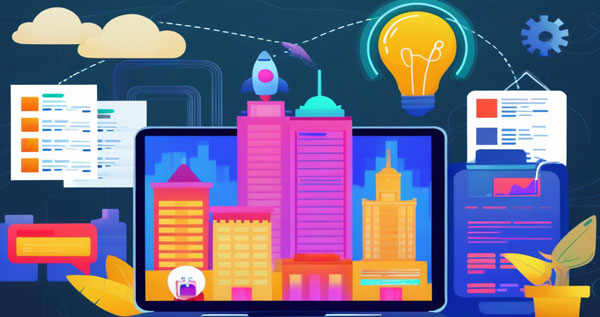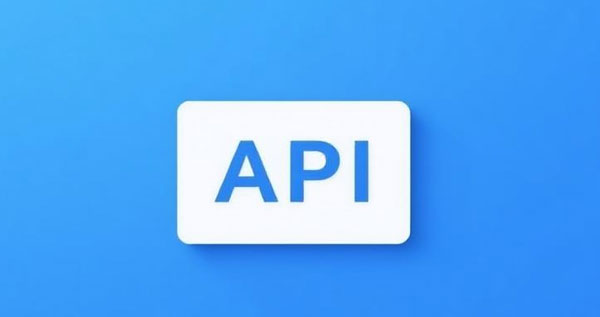Building a Highly Available WhatsApp API Communication Platform: Architecture and Ecosystem Practices
1. Introduction
As customer touchpoints become increasingly diversified, traditional customer service and marketing methods can no longer meet the demands of rapid response and deep engagement. WhatsApp, with over 2 billion active users worldwide and a stable Business API, is not only suitable for customer notifications and interactive support but can also be integrated into marketing automation and user lifecycle management, becoming a crucial part of the enterprise digital ecosystem. Building a platform with unified message routing, visualized status, high availability, and pluggable components is key for mid-to-large enterprises to enhance user stickiness and communication efficiency. This article explores how to build such a WhatsApp API platform, drawing on architectural experience from integration models, service structure, and reliability design.
2. The Role of WhatsApp API in Enterprise Communication Platforms
Unified Entry Point
Within enterprise architecture, the communication platform abstracts underlying protocols and provides unified APIs for business systems, shielding them from individual channel details. WhatsApp can serve as a “channel plugin,” and through a strategy center, manage channel selection, sending conditions, and fallback logic, significantly improving development efficiency.Message Orchestration and Routing
Message processing involves steps like template variable substitution, rich media handling, rate limiting, and user preference checks. Introducing a “message pipeline” in the platform modularizes this orchestration process. A routing engine supports tag-based, user attribute-based, and priority-based routing to implement flexible delivery strategies.Status Callbacks and Monitoring
The platform should include a standardized event model (e.g., Sent, Delivered, Read, Failed) and integrate Webhook callbacks uniformly, converting them into internal event formats. Kafka topics can be used for asynchronous processing, enabling monitoring, BI reporting, failure retries, and customer follow-ups, creating a complete feedback loop.Extensibility and Evolution
A plugin-based channel driver model (e.g., using SPI) enables hot-swappable extensions, allowing rapid integration of channels like Telegram, Line, or Facebook Messenger. The platform should also support gray-release strategies, protocol versioning, and custom fields for differentiated business needs.
3. Comparison of Three System Integration Architectures
3.1 Monolithic Architecture
3.1.1 Features
Monolithic architecture supports fast feature delivery in early stages, ideal for MVP development.
Local function calls and memory sharing provide millisecond-level responses, suited for IO-intensive API operations.
3.1.2 Limitations
Lacks fault isolation. High load on a single endpoint can impact the entire service.
Code conflicts and insufficient test coverage increase CI/CD risks in collaborative environments.
3.1.3 Applicable Scenarios
Can incorporate feature toggles or plugin design to prepare for future evolution.
3.2 Microservices Architecture
3.2.1 Features
Microservices use domain-driven design (DDD) to split components like message routing, template management, webhook forwarding, and compliance auditing into standalone services, enabling better team collaboration.
Each service can be independently deployed and scaled. For instance, high-load webhook services can run in multiple replicas.
3.2.2 Implementation Tips
Use a centralized API documentation platform (e.g., Swagger Hub) for interface standards.
Message bus topics should support schema evolution (e.g., Avro + Schema Registry) to avoid coupling.
Use dual-active configuration and service registries to prevent service registration issues.
3.2.3 Challenges
Longer service call chains make debugging harder; robust observability systems are essential.
Avoid excessive microservices decomposition—balance granularity for maintainability.
3.2.4 Applicable Scenarios
Suitable for multi-business lines or regions, allowing separate deployments with isolated logic and resources.
3.3 Serverless Architecture
3.3.1 Features
Naturally elastic, ideal for marketing campaigns or sales events with message surges.
Combines cloud-native services like API Gateway, Step Functions, and task queues for a complete processing chain.
3.3.2 Implementation Tips
Keep function scope single-purpose for reuse and rapid iteration.
Use bundlers (e.g., Webpack, esbuild) to compress dependencies and improve deployment efficiency.
Employ temporary caches (e.g., cloud Redis) for fast access to hot data.
3.3.3 Limitations
Persistent connections (e.g., long polling for replies) are unsuitable—delegate to microservices.
Debugging and logging rely on cloud tools, making local toolchain integration harder.
3.3.4 Applicable Scenarios
Best for edge features like AI auto-reply modules or form-to-WhatsApp message senders, enabling quick and cost-effective deployment.
4. Typical Integration Patterns with CRM / ERP / Call Centers
4.1 Event-Driven Integration
Use event sourcing to track key business changes for traceability and analytics.
Configure message templates and trigger conditions, e.g., VIP alerts or high-value orders.
Callback events should include retry logic and failure alerts to ensure reliable system updates.
4.2 Synchronous API Integration
Provide SDKs to simplify parameters, signature validation, and error handling.
Use “message persistence + delayed consumption” strategy to retry failed requests asynchronously.
Implement tiered rate limiting based on IP or ClientID with dynamic config.
4.3 Hybrid Integration
Route based on business tags: after-sale notifications via sync, shipping alerts via async.
Requires multi-channel switching, in-order delivery, and retry mechanisms to ensure user experience and reliability.
5. High Availability and Disaster Recovery Design
5.1 Multi-AZ Deployment
Recommend master-slave with read-write separation to prevent single point failures.
Use DNS controllers with TTL strategies for fast domain switching during failovers.
5.2 Heartbeat Checks and Auto-Failover
Heartbeats should cover APIs, database connections, and queues.
Failure handling includes service removal, throttling, degradation, and disaster recovery switching.
5.3 Data Backup and Disaster Recovery
Use regular snapshots and binlog syncing for databases.
Kafka should run in multi-replica mode for reliable delivery.
For cross-region DR, use independent brokers and consumer groups with separate offset tracking.
5.4 Monitoring and Alerts
Use RED metrics (Request rate, Error rate, Duration) to assess service health.
Logs should support TraceID for full request path tracing.
Implement alert tiers and suppression to prevent alert fatigue or false positives.
6. Conclusion
Building a WhatsApp API communication platform is an embodiment of “Message as a Service.” Implementation should be driven by business needs and technical decoupling, with a layered approach across architecture, channel governance, observability, and compliance. A platform is not about stacking technologies but consolidating shared capabilities across departments, shortening system coordination time, and improving ops efficiency. Continuous architectural evolution is the core competitive edge that sustains enterprise communication resilience and innovation.




